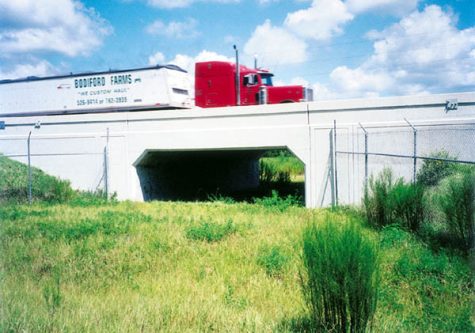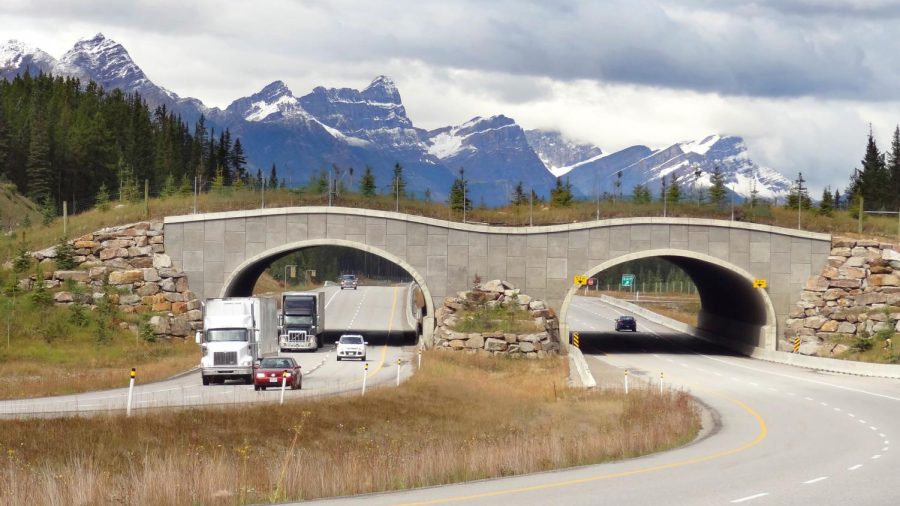Wildlife Crossings
Made for Animals and Wildlife
Wildlife crossing overpass. “Wildlife overpass Trans-Canada Hwy between Banff and LakeLouise Alberta” by WikiPedant is licensed under CC BY-SA 4.0. Image from Wikipedia
You may have traveled under bridges that carry just grasses and bushes, or over underpasses where there’s just grass below. Chances are that you may have passed a wildlife crossing. Wildlife crossings are important in preserving animal habitats, and they could save up to hundreds of thousands of dollars each year. What are wildlife crossings and why are they important in preserving habitats? How do they also save hundreds of thousands in costs each year? Read on to find out.
What are wildlife crossings?
Wildlife crossings are made for animals, to cross man-made obstacles, like roads, safely. Wildlife crossings can be designed as an overpass, an underpass, or a viaduct, just to name a few. Roads can have negative effects on wildlife. Ever saw roadkill on a roadside? An animal probably tried to cross the road to get to the other side, but clearly, their effort was thwarted by oncoming traffic. A vehicle-animal collision can be deadly to both driver, passengers, and animal, with an estimated 200 people losing their lives every year in vehicle-animal collisions in the US. This is the reason wildlife crossings exist.
How are wildlife crossings important for habitats and animals?
Wildlife crossings first appeared in the 1950s, and other countries have been following suit since then. They can be built to allow migrating animals to migrate safely over man-made obstacles, like roads. This is important in keeping an endangered animal species alive and also in increasing their population, as they migrate and traverse roads. These crossings play an important role in preserving habitats, too. They connect habitats together, or reconnect habitats again after they were separated by a man-made obstacle. There’s also less roadkill to clean from the roads when wildlife crossings are implemented in habitats split by roads.
How can wildlife crossings save money?

Image from Wikipedia
The costs of cleaning up roadkill and paying for damages after a roadkill incident, which are high, can be drastically reduced, when wildlife crossings are added in areas with high animal populations, separated by man-made obstacles. Animal-vehicle accidents cost $8 billion in damages every year, the Federal Highway Administration says. According to Interesting Engineering, research by Wisnu Sugiarto, a doctoral student in economics at WSU, found that deer is the most involved animal in animal-traffic collisions in Washington state. On average, these come with a hefty price tag: $9,000 each. The research found that there were fewer collisions near wildlife crossings, and each structure, roughly calculated, saved $235,000 to $443,000 every year, alongside other data related to reductions in animal-traffic collisions. There have been similar studies with similar evidence also done in North Carolina, Utah, and Wyoming by other researchers.
Related Stories
https://interestingengineering.com/transportation/wildlife-crossing-save-millions-dollars
https://en.wikipedia.org/wiki/Wildlife_crossing
https://education.nationalgeographic.org/resource/wildlife-crossings
Take Action
Save People Save Wildlife; Citizen Advocacy Group:











